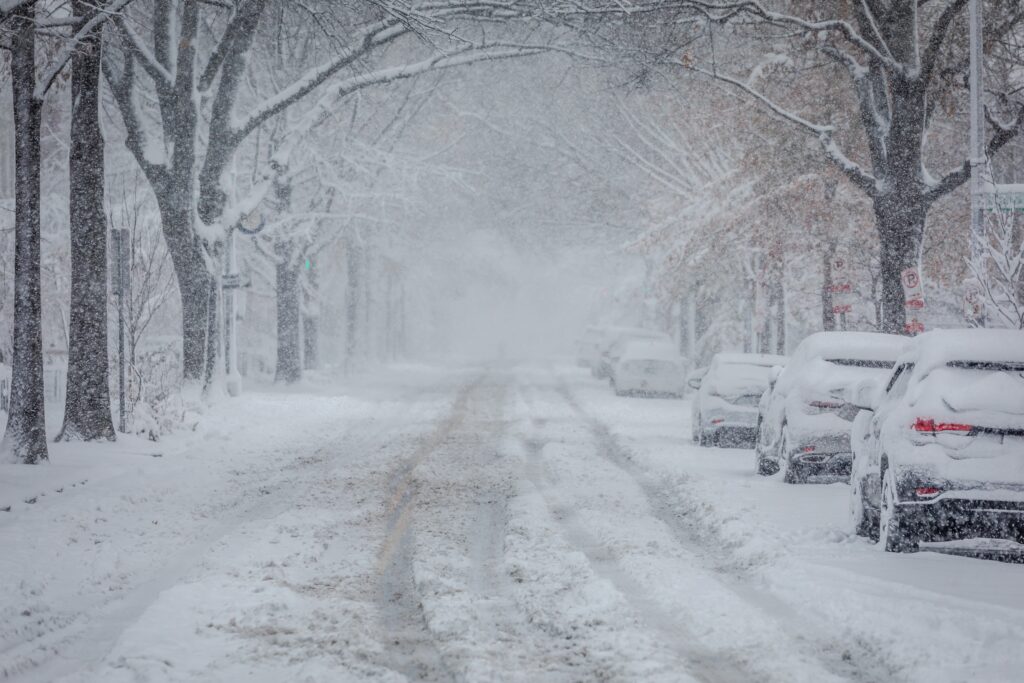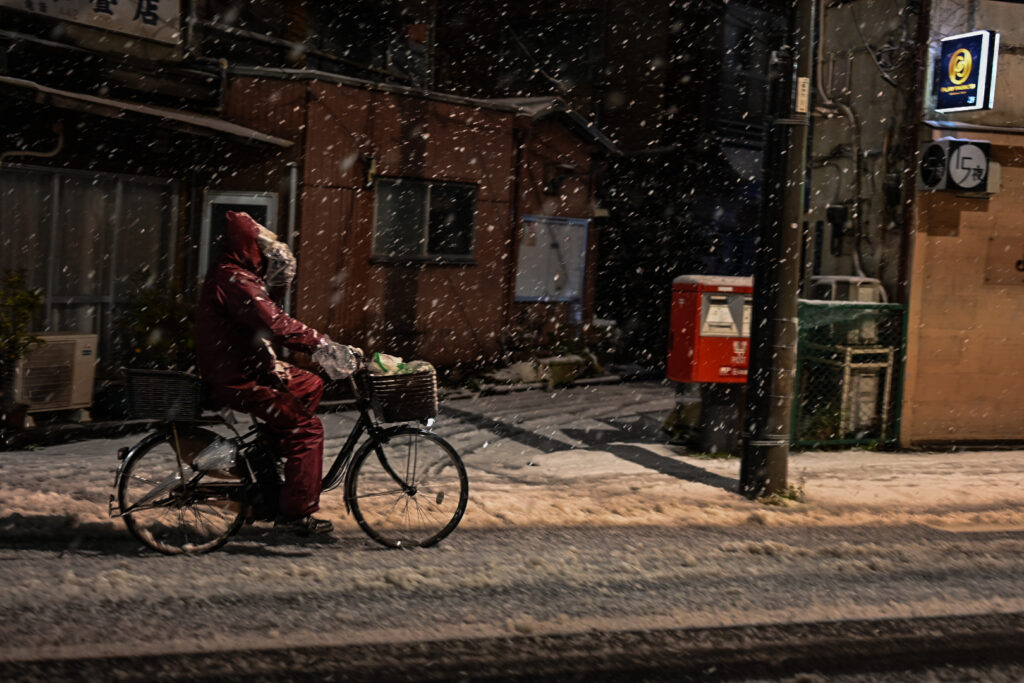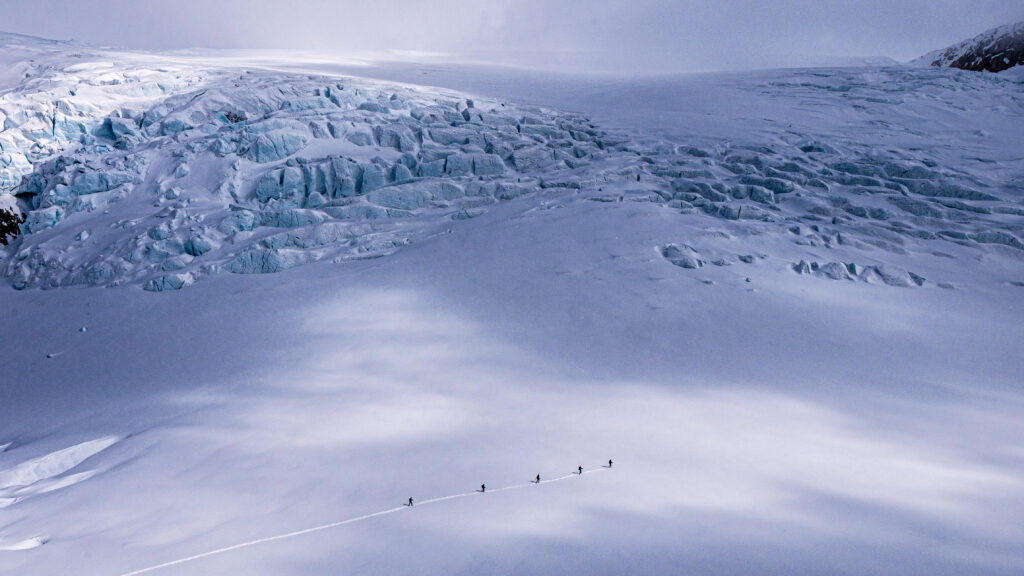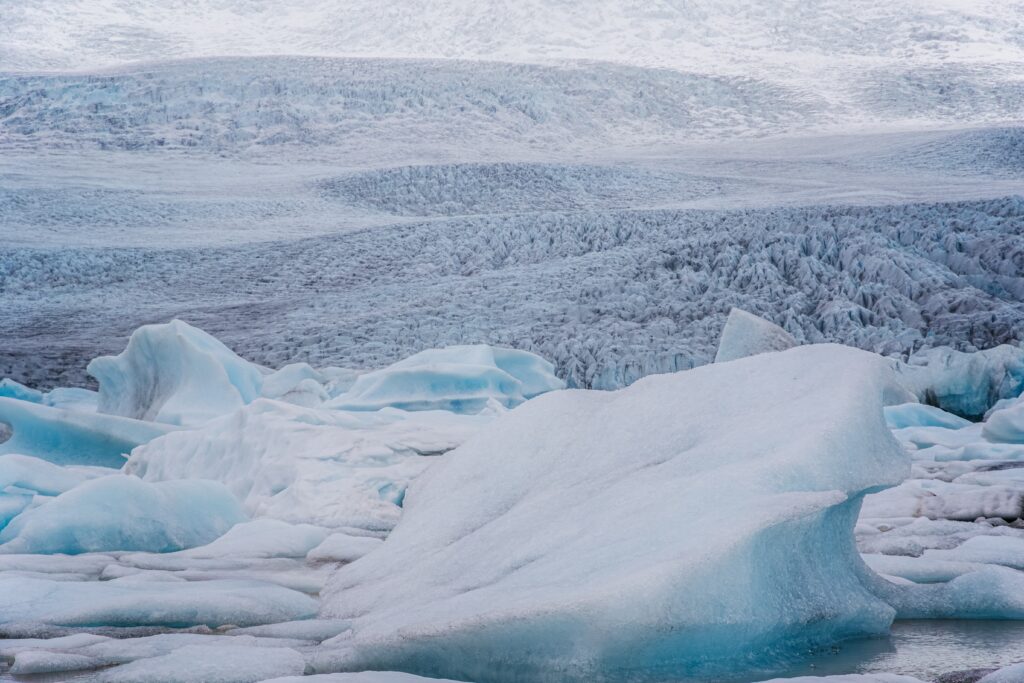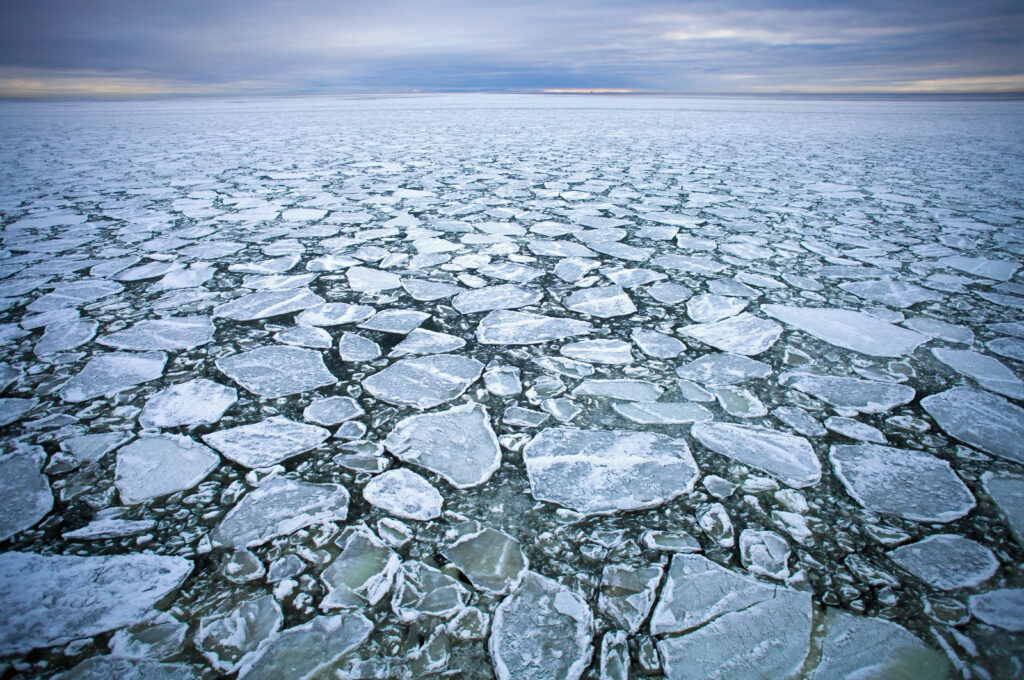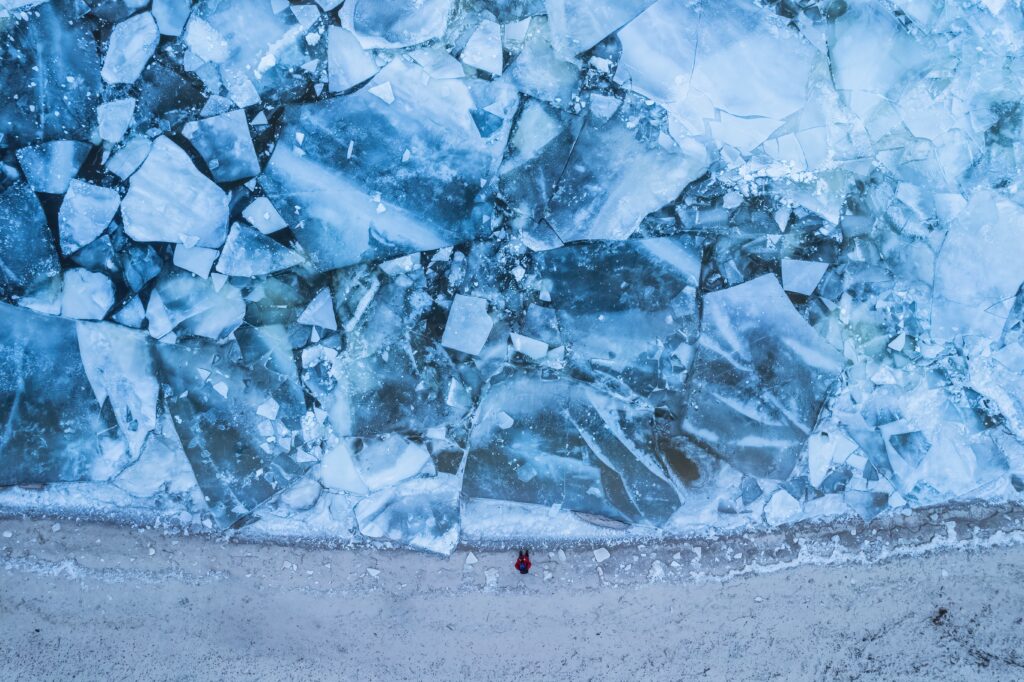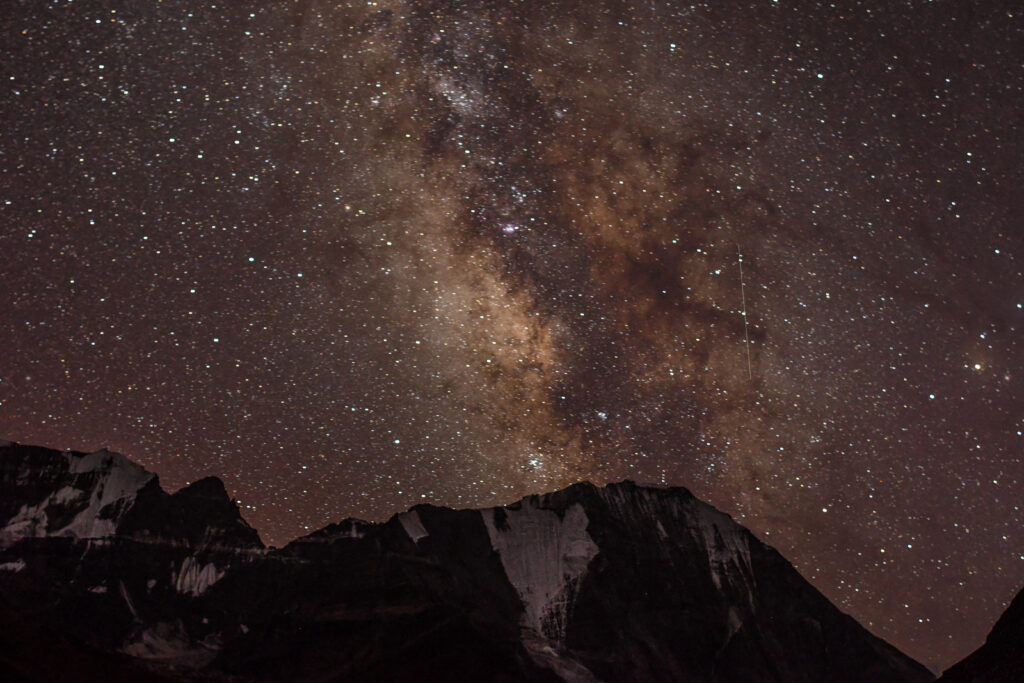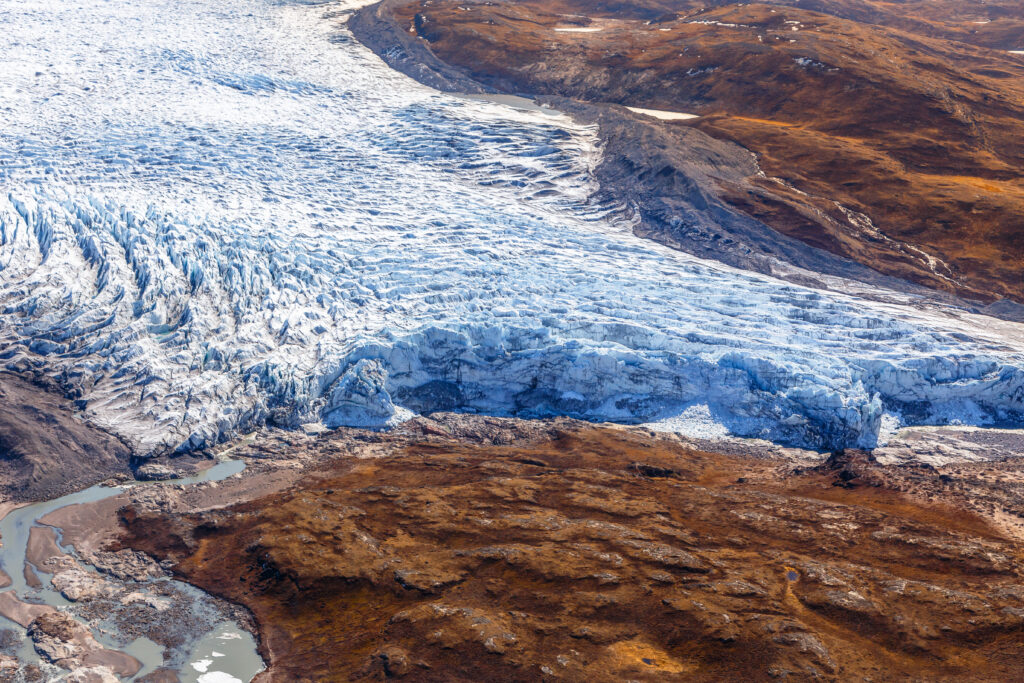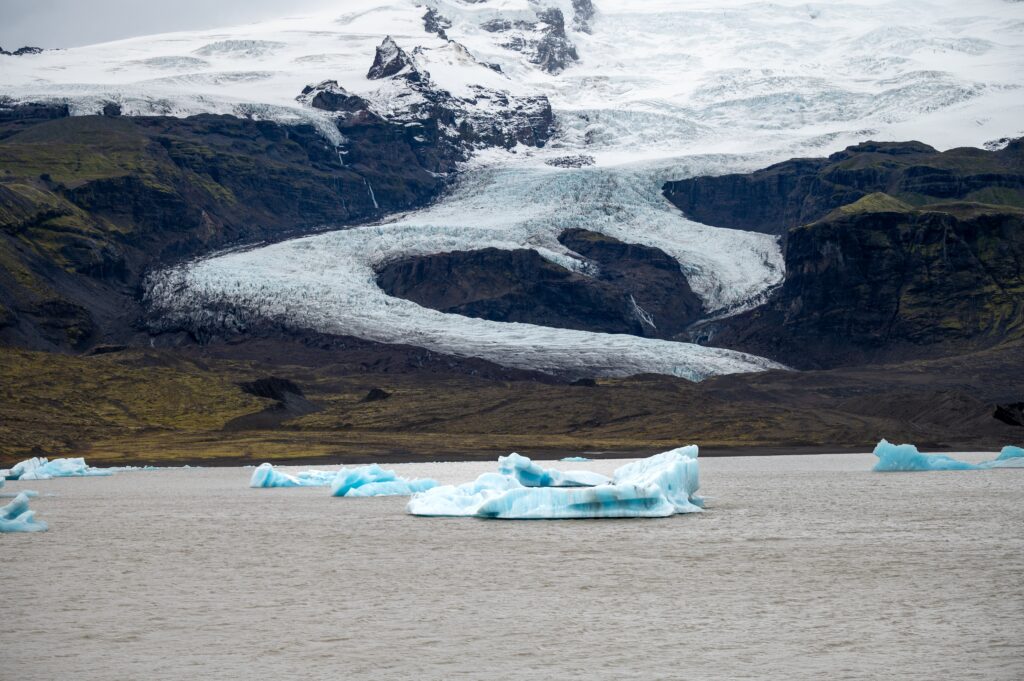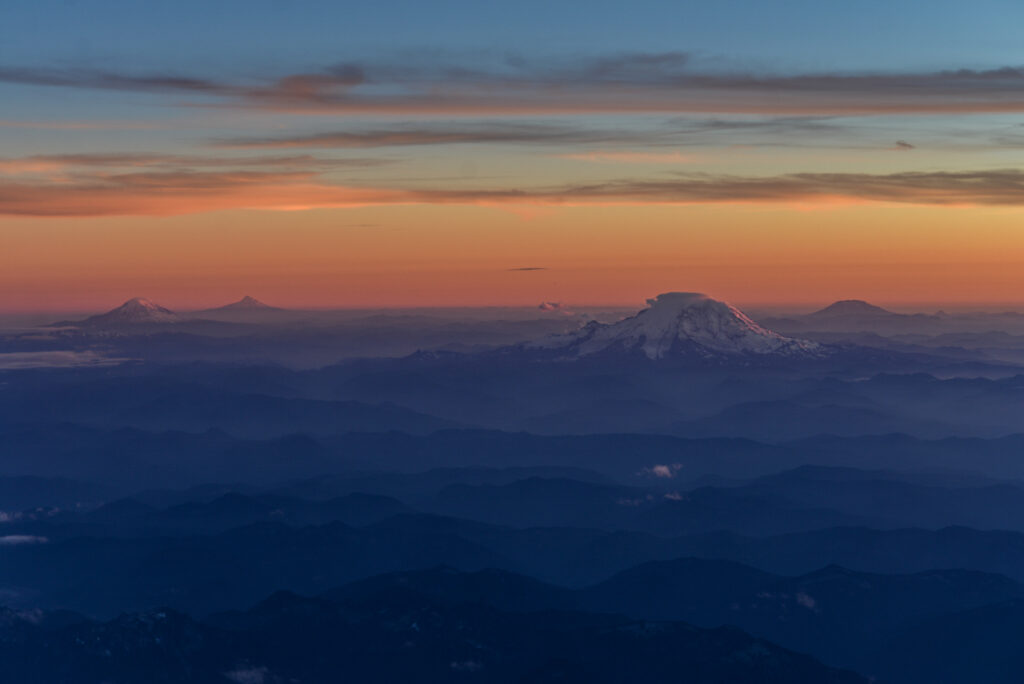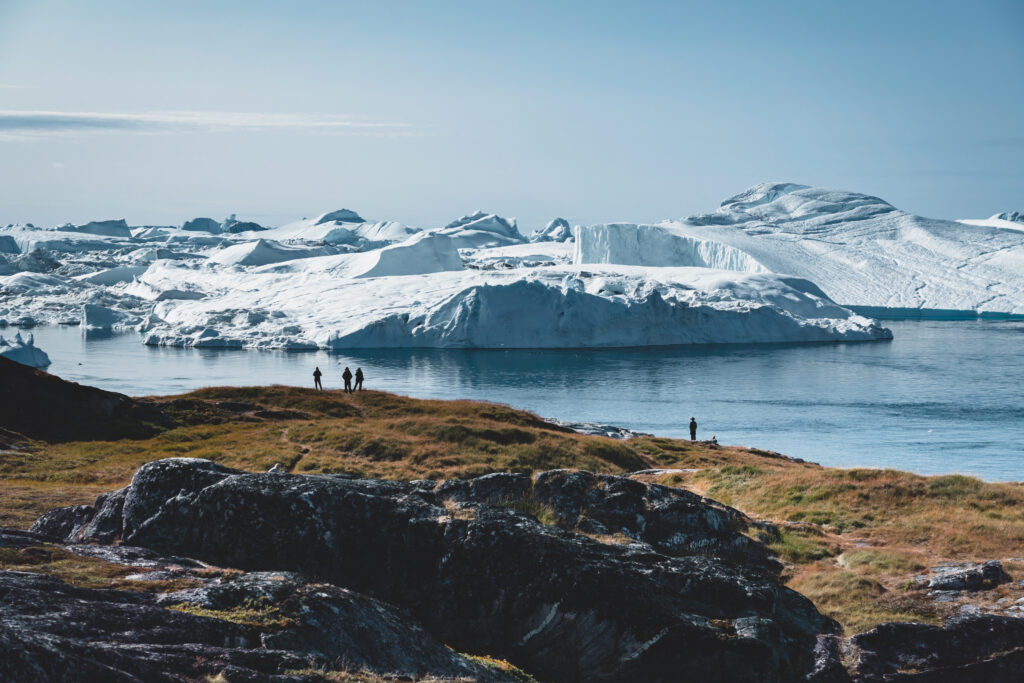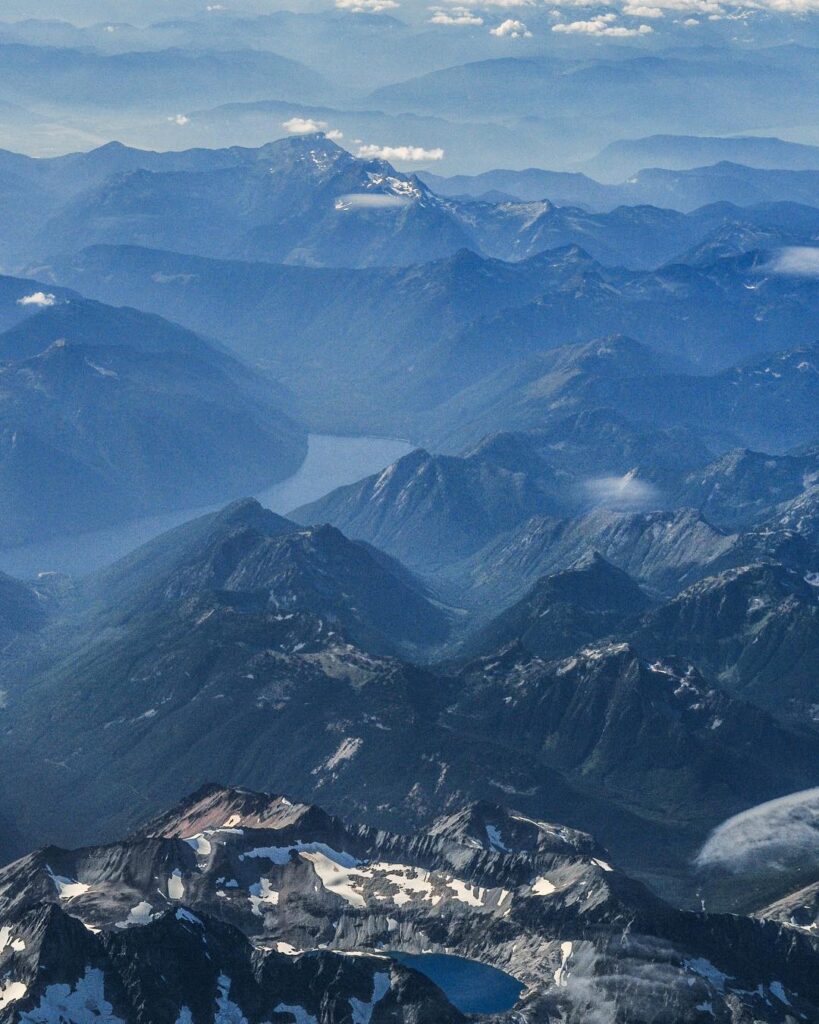The frozen reaches of our planet play a vital role in climate stability.
The cryosphere is the name scientists have given to all the frozen water on our planet. It comes from the Greek word kryos, meaning “cold” or “ice.” These frozen environments form a complex system that helps regulate Earth’s climate and sustain life.
The cryosphere takes several forms. Snow cover – including the seasonal kind that gets stuck on your boots – stores water and reflects sunlight away from the Earth. Glaciers are slow-moving rivers of ice formed from compacted snow that carve out landscapes. Ice sheets and ice caps are vast masses of glacial ice found in the polar extremes of the planet. Ice sheets hold nearly two-thirds of the world’s freshwater. Sea ice is frozen ocean water that forms and melts with the seasons, creating a unique habitat for polar ecosystems. River and lake ice are seasonally frozen freshwater bodies of water. And finally, permafrost is soil that remains frozen for at least two consecutive years, locking in enormous amounts of carbon.
Although the frozen world can feel distant to those who live in milder climes, it plays a critical role in stabilising the global climate. Its bright, reflective surfaces send much of the Sun’s energy back into space, helping to keep the Earth cool. This frozen shield also stores and slowly releases freshwater, moderating sea levels and supporting billions of people and lifeforms. But the cryosphere is rapidly changing. Rising global temperatures are melting glaciers and sea ice, shrinking snow cover, and thawing permafrost.
Understanding the cryosphere means understanding how tightly Earth’s systems are linked both to each other and to us.
